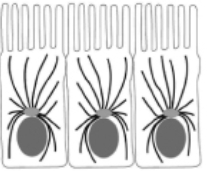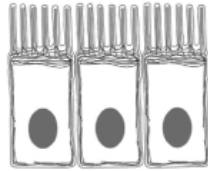Essay
Your friend discovers a protein that she names EBP.EBP binds to microtubule plus ends, and she hypothesizes a role for EBP in increasing dynamic instability.To determine the function of EBP, she examines its effect on microtubules.She polymerizes microtubules from purified centrosomes in a Petri plate and determines the number of shrinking microtubules over a three-minute time interval for different concentrations of EBP.The data she obtained are shown in Figure 17-8. (A)
(B)
(C)
Figure 17-8
Is this result consistent with her hypothesis? Explain.
Correct Answer:

Verified
No, the data graphed in Figure 17-8 are ...View Answer
Unlock this answer now
Get Access to more Verified Answers free of charge
Correct Answer:
Verified
View Answer
Unlock this answer now
Get Access to more Verified Answers free of charge
Q28: Which of the following statements about the
Q29: Compared to the normal situation, in which
Q30: Cell movement involves the coordination of many
Q31: Which of the following statements about skeletal
Q32: You are examining a cell line in
Q34: You are curious about the dynamic instability
Q35: Do you agree or disagree with this
Q36: Figure 17-21 shows two isolated outer-doublet microtubules
Q37: For each of the following sentences,
Q38: You discover a protein, MtA, and find